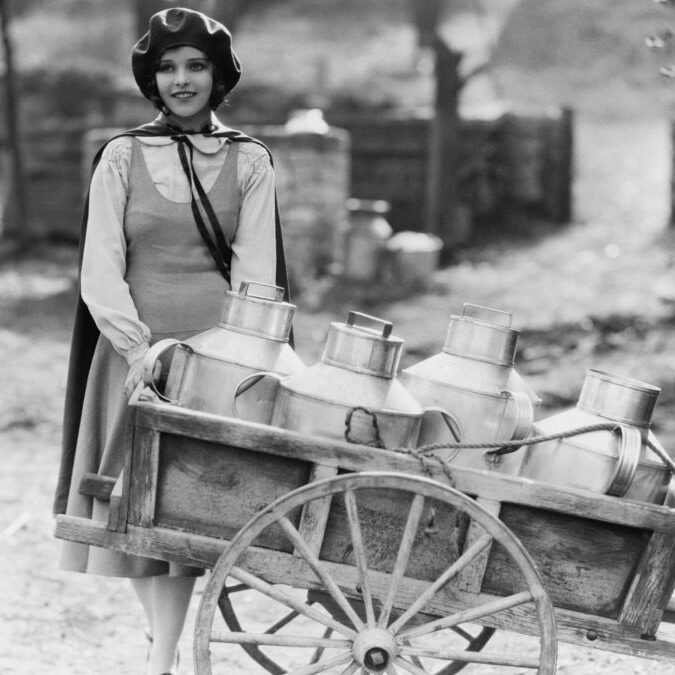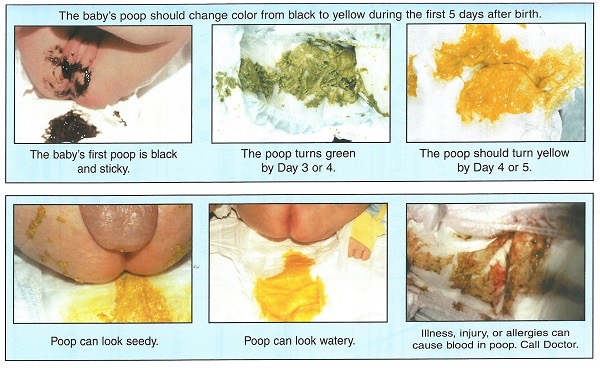Breastfeeding
Is My Milk In?

It’s been a few days since you’ve given birth and you’re not exactly sure what day it is today. You’re acclimating to all kinds of new sensations: feeling a little lighter, a little bit or very sore, and you have been getting accustomed to nursing your baby.
If you’re like most new mothers, you’re probably hoping for a little bit of encouragement so you know that things are on the right track and unfolding as they should.
First of all, your milk was IN and available to your baby even before he or she was born and the colostrum, that first rich, immune-boosted super food was exactly what your baby needed. This ‘mature milk’ is the next step in the nutrition superfood diet your baby ordered up from your amazing body (specifically the glandular system in your breasts).
Milk Orders & Delivery options
By day 2-5 this mature milk arrives in quantities of about 24-32 oz. each day, on average, by day 10. Sometimes we order more than we need and it sits around. If this happens, your body will cut back on its order. When shopping and we realize we didn’t order enough, we start clicking on Amazon to order more and request delivery options appropriate to our needs. Babies do the same. Most babies start to put their requests in for additional deliveries on day 2 and will nurse more frequently to make it happen. However, they don’t actually need an urgent delivery for 24 hours or so. They’re just planning ahead! Most babies are patient and work with their existing storage of fat and fluid stores (the backpack of energy they were born with) and are happy that the customer service team delivered the right amount of nutrition without too much fuss.
There are some babies who have less energy stored in their backpacks, or they may be burning more energy and getting less return, or they may need more calories in special circumstances. Also, some babies need help removing the extra milk that was delivered. We can assess and take care of these babies and their unique needs.
Signs that your mature milk has arrived:
Stooling changes
If you are seeing black tarry, sticky stools right now, your mature milk is still on its way. It just wasn’t quite available when you fed your baby during the past several hours. We won’t know how close it is, until we do see some change.
If you see what we call transitional stools, which have a slightly lighter, less dense consistency and are lighter in color with greenish or even yellowish tones, this means your baby had some mature milk earlier today.

Breast changes
Breasts that seem to have a ‘fuller/emptier’ quality can be a reassuring sign that there has been an exchange of mature milk. This can range from subtle to wow! However, this doesn’t necessarily tell us how much milk you’re making or how much milk your baby is removing from your breasts during a feeding. We must also pay attention to the following conditions.
Swallowing patterns and satiety after feedings
Listen and watch for specific signs associated with swallowing and notice the pattern. A suck-suck-suck-suck swallow pattern tells us that the baby is asking for a letdown or in-between letdowns. When it becomes a suck- suck-swallow or a suck-swallow pattern (one suck = one swallow) we call it a ‘rocker motion’ and know that baby has triggered a letdown and that milk is flowing well. Colostrum isn’t produced in large enough quantities to bring on this kind of pattern (except for maybe a few sucking bursts on the first day). So if you hear this kind of gulping, you have another positive sign that your mature milk is in.
Output
Diaper counts count. By day 5 you should see 3-5 bowel movements and 6-8 wet diapers. The stools should be that mature yellowish stool or at the very least, a decidedly transitional stool on day 5. Check in with a lactation professional or your pediatrician if you aren’t convinced that mature milk is on its way.
Feeding Patterns
Feeding patterns on the day that mature milk arrives can be more frequent (Oh my gosh, this is good and I can’t get enough!) or less frequent (Oh my gosh, this is so good and I’m so milk drunk that I really shouldn’t have any more right now!).
You want to be sure your baby is nursing a minimum of 8-10 times and that they appear satisfied and content after feeding. Remember, you have the diaper count and weight checks to let you know if it’s all coming together. If a baby isn’t receiving the milk requested or it’s hard for them to remove the available milk, they may get tired and, having blasted through their backpack of reserves, are trying to conserve energy by sleeping more. If you have any concerns, contact us or your own lactation consultant.
Weight Gain
Your little one will lose birthweight but we want babies to get back to their birthweight by the first week or two of life and then to gain between 4- 7 ounces a week. If the drop is bigger than expected, or the climb slower, help early on will get you both back on track.
The first days of motherhood are quite a ride. If you’re in this tender time, I hope you are getting the support you need and I wish you and your little one many sweet moments as you get to know one another.
I always remind mothers at this point that breastfeeding may or may not feel like the sweet thing you expected it to be. I find that most mothers experience some ambivalent feelings about breastfeeding during the first days and weeks. Check out this post – it discusses why we might feel ambivalent about breastfeeding.



























